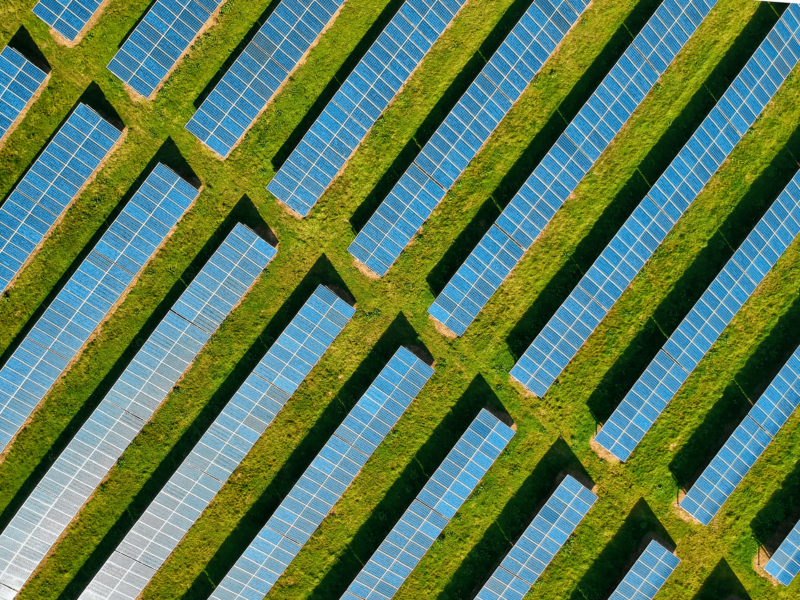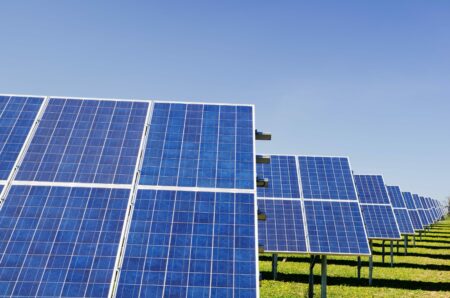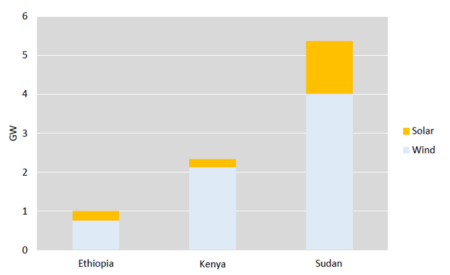Ea Energy Analyses is assisting Governments and power companies around the world with use of the Balmorel model. The Balmorel model is a power sector model that can analyse large power systems. Optimal dispatch of plants and least-cost investment in both generation and transmission can be computed. Scenarios for possible future development for the next 10 to 30 years can be compared. The model works with hourly time resolution, which is crucial in relation to variable renewable energy like wind and solar power.
The model is open source and is used in Denmark, the Nordic countries, the Baltic countries, all of Europe, Mexico, Indonesia, Vietnam, China, Turkey, Egypt, South Africa and Eastern Africa.
In an analysis of the best power expansion possibilities in East Africa, the wind and solar resources were described with detailed data (wind speed and solar irradiation) for 50 potential sites in Sudan, Ethiopia and Kenya.
Several scenarios were analysed, e.g. a least-cost scenario with no policy restrictions, a high fuel scenario, high CO2 price, delayed wind and solar expansion, as well as high and low interest rate.













